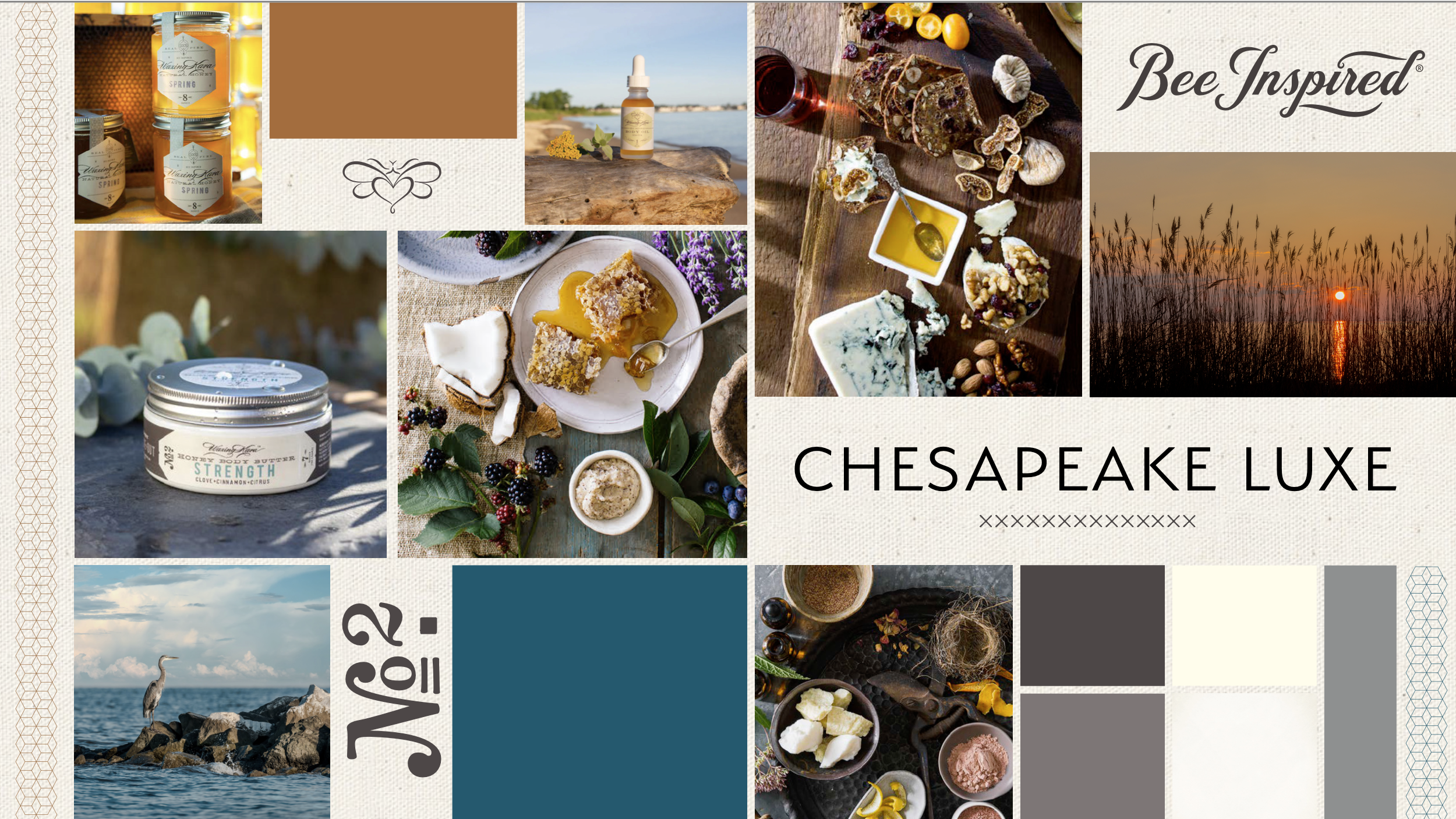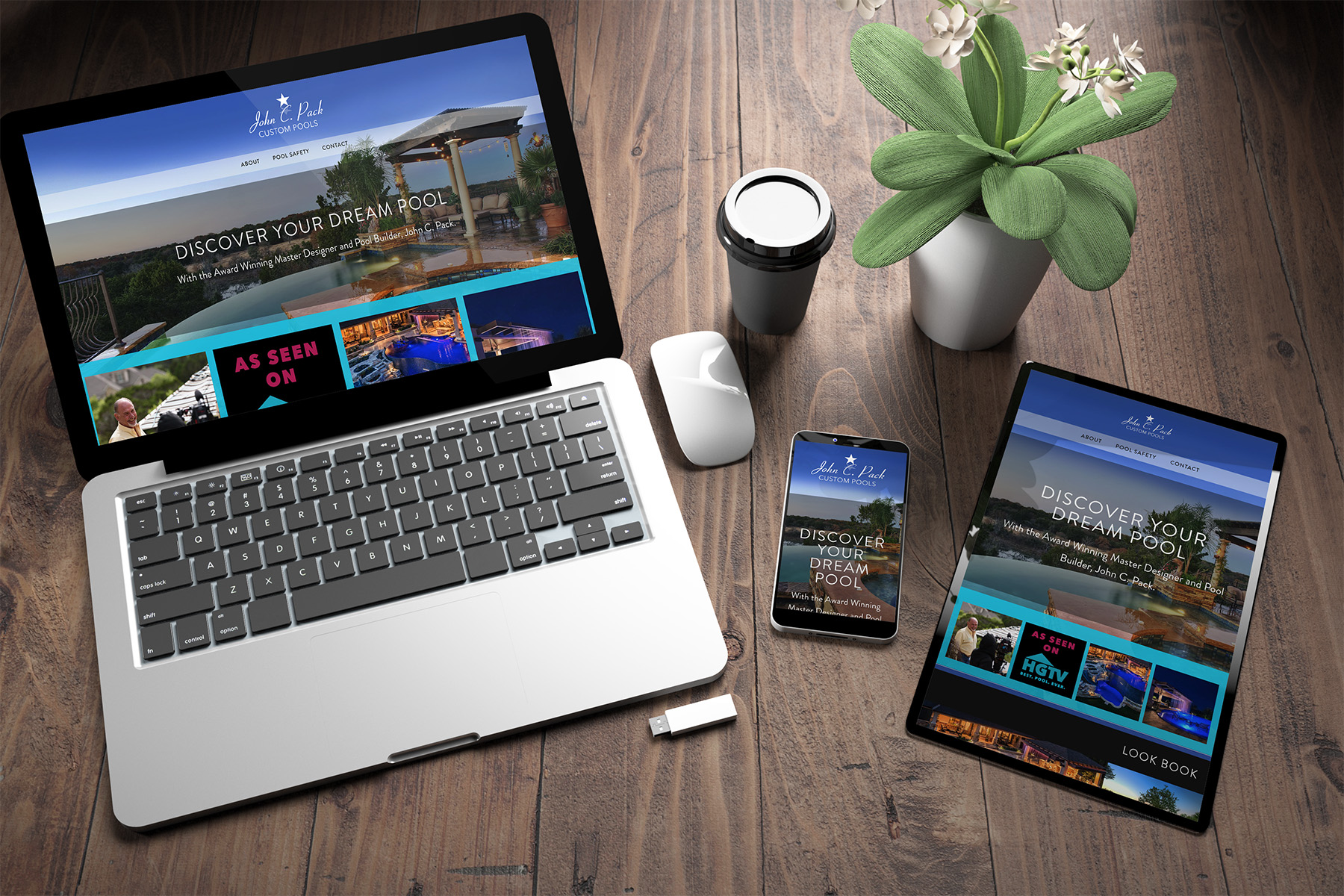Winning Marketing Strategies for a Creative Business, Part 1

I recently participated in a webinar for independent artists and photographers on marketing their creative businesses. Our Red River Paper customers asked fantastic questions during the webinar, but we ran out of time to address them all. So, I have engaged my marketing team — Chief Branding Officer Scooter Thompson and Chief Marketing Officer Laura Thompson — to respond to these unanswered queries.
For over 15 years, Scooter and Laura have consistently complemented each other's talents, yielding award-winning results for their clients. Their collective experience of 50 years across 15 industries, including their own company, DUO, has greatly benefited the entrepreneurs and organizations they support. As President of Red River Paper, I am thankful for the exceptional expertise of the entire DUO team. Their support has been instrumental to me and my company for nearly five years.
In this two-part series, Scooter and Laura will delve into insightful and actionable information that addresses your burning questions about branding and marketing.
To kick things off, we'll address three questions commonly faced by artists and photographers aiming to build their brand.
Part 1: Branding
Sample Questions From RRP Creatives:
- What are the top 3 things to consider in branding
- What are the basic steps in branding a creative business?
- How do I create a consistent brand that reflects my art?
Scooter's Response:
Okay, let’s set up some context. First, branding is more crucial than you may think!
How do we know? Using data from the Bureau of Labor Statistics, Commerce Institute reports that less than 50% of businesses survive beyond their first five years. Forbes helps fill in the “why” behind this bad news.
Top 3 Reasons for Small Business Failure:
- Lack of a deep dialogue with customers
- Absence of differentiation
- Inability to communicate value
What Branding IS and ISN'T
Branding is not just a logo. It’s not just a business card or the background color on your website.
Branding is the promise of a distinct, memorable experience. Business Coach Jason Aten says this: Instead of capturing customers’ attention, brands should be pursuing their affection. The goal should be “building an authentic relationship that results in genuine affection between you and your clients.”
Building credibility and connection is what branding is all about. Establish that deep meaningful relationship, and you hold the golden ticket to your brand’s growth and long-term success. Research reveals that the consumer's emotional response to an ad has a far greater influence on their intent to buy a product than the ad’s content. It’s why they shop at store A versus store B, even if the prices are lower at store B.
If your brand communications (both verbal and non-verbal) are not telling your unique story in a cohesive way, you could be missing an opportunity to stand out, win over a consumer, or worse — your ideal customer may join the 65% of consumers who, according to a McKinsey & Company report, are frustrated by inconsistent brand experiences.
A consumer's perception of a product or service shapes their reality, regardless of whether you think it’s accurate. This perception ultimately influences the decision to engage with your brand. Therefore, understanding what consumers think and say about your brand is essential, especially since an ODM Group study revealed that 74% of consumers seek input from their social networks when making purchasing decisions, and customer testimonials prove to be 89% effective.
3 Main Aspects of Branding

1. Brand Purpose (Your Story)
Your brand story explains why your brand exists — the reason you started your business and the solutions or services you provide to your audience. It should be genuine and foster an emotional connection with your audience.
Though sharing your story may not always be easy, it's vital that you convey it effectively. Consumers resonate with brands that express their values and purpose, as well as the benefits they offer. According to the Harvard Business Review, 64% of consumers cite shared values as the primary reason for their brand loyalty, and research by Marketing Week indicates that emotive messages outperform rational ones.
Business is about building relationships, and storytelling strengthens emotional connections. These connections drive consumer buying decisions, so be personal! Provide insights into your art, style, and unique features, such as handmade elements, regional inspiration, or commissioned works. Enlist feedback from fellow artists or creative friends to enhance your brand story.
Two ways to share your story are through your Artist Statement and Artist Biography. Each serves a distinct purpose and provides valuable information that will pique your audience's curiosity, ultimately deepening their connection with your brand.
What to Include in Your Artist Statement:
- How would you describe your art?
- What is your subject matter or focus?
- What materials and methods do you use?
- What does your art mean to you?
- Why are you creating it, and who are you creating it for?
- Where do you find inspiration?
What to Include in Your Artist Biography:
- Your current location and/or birthplace.
- Your field of art: photographer, painter, illustrator, sculptor, collage or fiber artist, performance, digital, etc.
- Your education, training and apprenticeships. If you are self-taught, don’t be shy about that. It’s an accomplishment and you should be proud of it.
- Where or how you show or sell your art, including all appropriate links or URLs
Beyond your Artist Statement and Biography, consider sharing personal insights on your website and during various interactions with the public and your target audience. This includes events like art shows, email marketing campaigns, and social media engagement. Consistently sharing your unique perspective across these platforms will strengthen your brand identity and create a deeper connection with your audience.
2. Brand Identity (Your Visuals)
This is where you let your creative juices flow (or the creative juices of the designer you hire to assist)! Your brand identity encompasses the eye-catching elements that make your business unique and memorable. We're talking about your logo, product images, booth design, the voice and tone of your copy, the look and feel of your marketing materials (including the fonts, colors, and photography you choose).
Spice things up with some gorgeous lifestyle imagery that showcases your art in a setting your target audiences will relate to, be it a cozy living room, a chic office, or a stylish gallery wall. Create a color palette that reflects your artistic vision, and stick to it like glue.

A mood board is my essential first step for every branding project. It helps me share my initial vision with client and secure their buy-in before diving deep into the brand identity details.

3. Brand Personality (Your Likability)
Brand personality is all about making a genuine connection with your audience by showcasing your unique traits and characteristics. It's the heart and soul of your brand, expressed through every interaction — from picking up the phone to packaging your art.
To Discover Your Brand Personality, Ask Yourself:
- Who is your target audience?
- How do you want your audience to view you creatively?
Your Brand Story, Artist Statement, and Artist Biography are already guiding lights, but it's time to take it a step further. Identify how you want people to feel about you and your art. If you've developed your artistic style, you're well on your way to launching a captivating brand. If you're still finding your wings, check out artist Peggy Dean’s fantastic resources to help you discover your signature style.
Get to know your audience — or who you want them to be! As Business News Daily puts it, "When you understand your audience, you'll know how to create a brand that appeals to them." By doing so, you'll open up a dialogue that strengthens customer relationships and deepens brand loyalty, which is a powerful way to boost your profits. Don't forget to peek at your competitors' audiences, too. Discover who engages with their social posts, who visits their booth, who they are speaking to in their marketing and on their website, etc.
Give some thought to your desired brand personality, whether it's positive and inspirational, edgy and soulful, moody and themed, exquisite and classic, innovative and eccentric, fun and playful — whatever best fits you and your work. Ensure that everything your audience sees, hears, and experiences reflects a deliberate brand personality.
To Recap, here’s a great roadmap to establishing your brand foundation:
- Write your Brand Purpose/Brand Story.
- Create your Artist Statement.
- Create your Artist Biography.
- Create a Brand Mood Board.
- Refine the Mood Board and establish your identity elements.
- Identify your audience.
- Define how you want your audience to view your brand.
Need some Inspiration?
One unforgettable example of a successful branding campaign is Apple’s “Think Different” campaign, which turned the then-struggling company around in the late-1990s. The campaign associated Apple with famous free-thinkers like Albert Einstein, Pablo Picasso, and Amelia Earhart. This approach highlighted Apple's deeper, more intrinsic perspective — the very essence of what they are known for today: innovation. So, what do you want to be known for?
In Part 2 of this series, we’ll hear from Red River Paper’s Chief Marketing Officer Laura Thompson. Once you’ve crafted your story and established your brand, Laura will outline the basic elements of marketing strategy and how you can gain brand exposure. She’ll offer insights into channels such as an email marketing, search engine marketing, and social media. You’ll also get tips on setting up a website, writing content, and balancing the acts of creating art and building a business.
Original Publication Date: January 13, 2025
Article Last updated: February 15, 2025
Related Posts and Information
Categories
About Photographers
Announcements
Back to Basics
Books and Videos
Cards and Calendars
Commentary
Contests
Displaying Images
Editing for Print
Events
Favorite Photo Locations
Featured Software
Free Stuff
Handy Hardware
How-To-Do-It
Imaging
Inks and Papers
Marketing Images
Monitors
Odds and Ends
Photo Gear and Services
Photo History
Photography
Printer Reviews
Printing
Printing Project Ideas
Red River Paper
Red River Paper Pro
RRP Products
Scanners and Scanning
Success on Paper
Techniques
Techniques
Tips and Tricks
Webinars
Words from the Web
Workshops and Exhibits
all
Archives
January, 2025
December, 2024
November, 2024
October, 2024
September, 2024
August, 2024
July, 2024
June, 2024
May, 2024
more archive dates
archive article list




